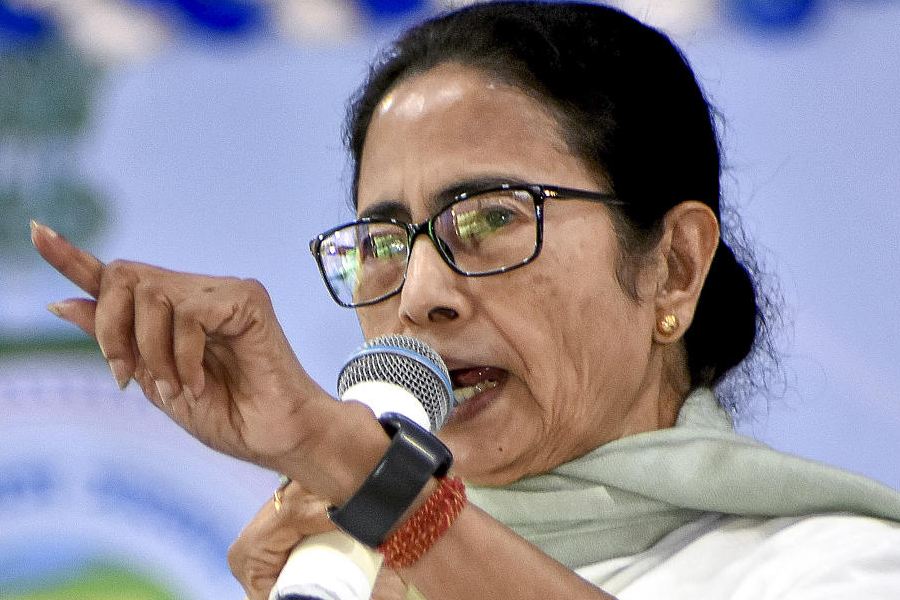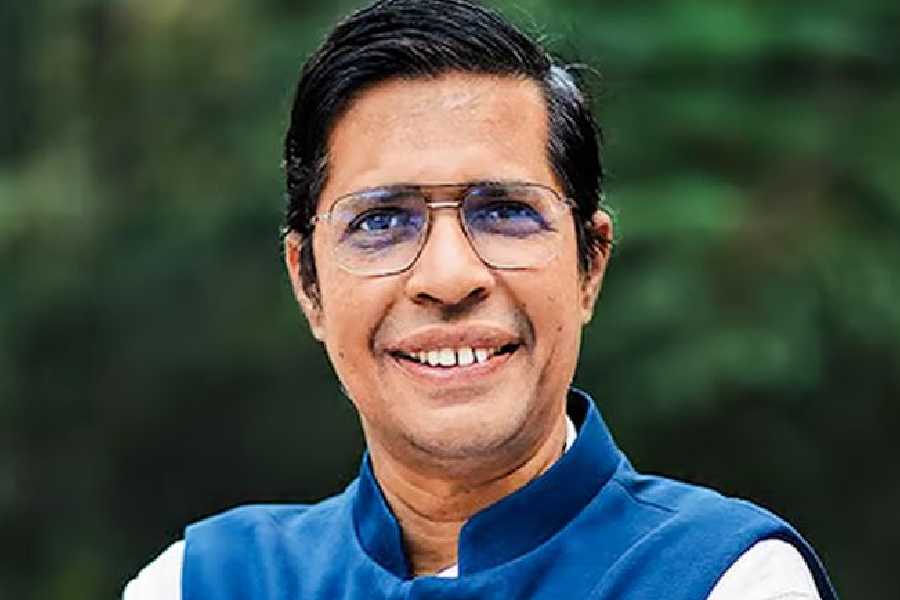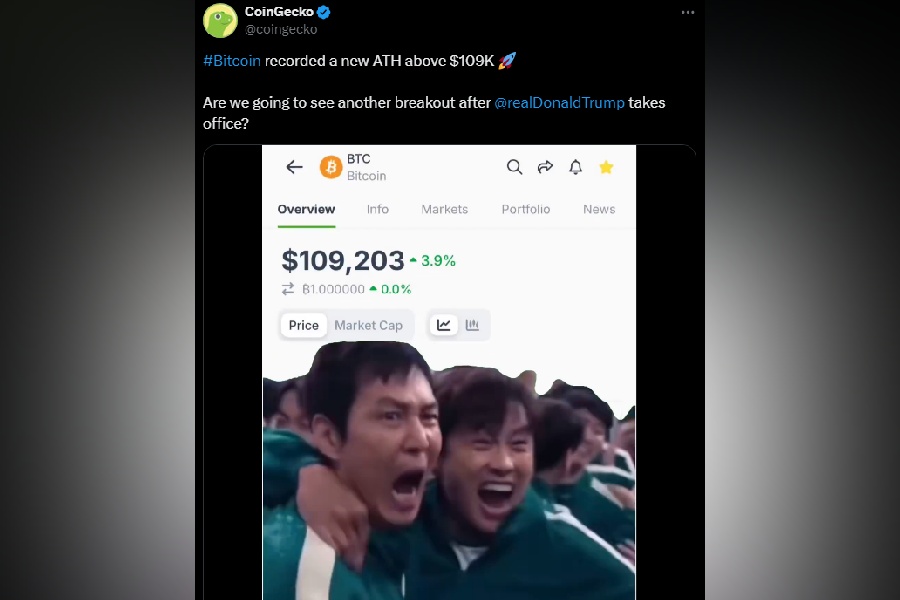Among the few perils of being a professional bullshitter — normally a pleasurable and even profitable vocation — are the presents that one receives after a talk has been delivered. These gifts tend to be heavy and useless — for example, the name and logo of the host institution inscribed on a metallic plate with a wooden cast. Occasionally, they are more aesthetically pleasing, such as a bouquet of flowers, although if the talk was in some place other than Bengaluru, the flowers would wither long before one reaches home.
In three decades (and counting) of public posturing, altogether the nicest ‘return home present’ I received was from the Institute of Education at my alma mater, the University of Delhi. The year was c. 2000. I forget what the talk was about (such amnesia comes with the territory), but I clearly remember what I got from the host after it ended. This was an eight-volume CD set of the music of Kumar Gandharva. The gift was chosen by the Institute’s director, Professor Anita Rampal, who must have remembered that when she and I were students in the 1970s, I was sometimes seen at classical music concerts in the company of her boyfriend (later husband), the physicist, Vinod Raina.
One of these concerts was by Kumar Gandharva. He was accompanied by his wife, Vasundhara Komkali. It was held (as I recall) in the FICCI Auditorium near Mandi House and the duo sang for a full two hours, bhajans composed by Kumarji as well as folk melodies he had adapted for the concert stage. It was magical, absolutely magical. Though I sat in one of the last rows, the sublime sweetness of the music reached me well enough.
The CDs that Anita Rampal gifted me had some of the bhajans Kumar Gandharva sang that day, and much more. There were some superb, short renditions of jod ragas that he had composed. There were longer khayals in ragas such as the lyrical Hameer and the grand Shankara. And there were bandishes uniquely linked to him, such as “Rajan ab to ajaa re”, in the Raga Nand. And I came to especially like a fabulous fifteen-minute khayal in Patmanjari, a raga rarely sung or played nowadays.
For a decade after I first acquired them, I listened to these CDs over and over again at home. In or around the year 2010, I acquired an iPod, and these all went there, now to be heard on long flights especially. But although those CDs were a capacious collection (including the celebrated Nirgun bhajans), they did not contain one song that Kumar Gandharva did not himself compose but with which he is nonetheless quite closely associated — “Jamuna kinare mora gaon”.
I am attached to all of Kumar Gandharva’s singing, but with regard to “Jamuna kinare”, there is a particular personal connection. I was born and raised in the campus of the Forest Research Institute in Dehradun. The home of my parents was at the northern end of the campus, on the top of a hill overlooking a river named Tons. Pronounced, in the local dialect, as ‘Taans’, this is a name used for many rivers in western Uttarakhand. (My modest Tons, which had water only erratically, is not to be confused with the mighty and perennially flowing Tons which is the main tributary of the Jamuna in its upper reaches.)
Anyway, the Tons which my home in the FRI overlooked flows westwards to meet the Asan, which after a few miles further west meets the Jamuna. So, with only slight and I hope pardonable exaggeration, I shall claim that ‘Jamuna kinare mora gaon’. My hamlet lay on the banks of a tributary of this great, and greatly loved, river. And the family outings that gave us most joy were to the sacred Sikh shrine of Paonta Sahib, overlooking the rapidly rushing Jamuna as she descends from the hills to the plains.
Kumar Gandharva’s rendition of “Jamuna kinare” is easily available on YouTube, and I have taken to listening to it just before a difficult meeting I have to attend. Occasionally, I listen not to the father but to the son. Mukul Shivputra’s version of “Jamuna kinare” has an equal capacity to move, albeit in different ways. It is longer, slower, and more meditative. A fair amount of Mukulji’s music is available on YouTube — it reveals his own peculiar, unfathomable, and perhaps untameable genius. I have grown to greatly love his Jaijaiwanti, his Kedar, and his Khamaj too.
Earlier this month, I heard “Jamuna kinare” live, sung by Kumar Gandharva’s very gifted daughter, Kalapini Komkali. Her concert in Bangalore was part of the centenary celebrations of her father’s birth. The event started with a brief slide show, of photographs of Kumarji at different stages of his life and in different contexts. The one that moved me most was one of him with Mallikarjun Mansur in Dharwad in 1991.
Mallikarjun Mansur was the eldest of a remarkable quintet of singers born within a decade-and-a-half of one another in the region known as Bombay Karnataka, of which Dharwad is the cultural capital. Kumar Gandharva was the youngest of this cohort, the other members being Gangubai Hangal, Bhimsen Joshi, and Basavaraj Rajguru. When his friend and fellow musician arrived unannounced at his doorstep, Mallikarjunji thought he had come to see his ‘Anna’ (elder brother) one last time. For he was much older than Kumarji, and a chain-smoker to boot. When Kumarji died a few months later, his great contemporary was inconsolable. The younger man went before me, he wept. (In the event, Mallikarjunji himself died shortly afterwards.)
Kalapini began her Bengaluru concert with three compositions by her father in Raga Bhimpalasi. It is a serious, scholarly raga, and the rendition gave those attributes their proper due. She then sang a short composition in one of the jod ragas Kumar Gandharva had invented, Shree Kalyan. Next followed a folk song set in Malwa, the drier region of Madhya Pradesh to which Kumar Gandharva, himself a Kannadiga trained in Bombay, had moved after being diagnosed with a serious chest condition.
As the concert was proceeding, I was half hoping that it would include “Jamuna kinare mora gaon”. When I was younger, I would have shouted out my farmaish, or sent it across on a piece of paper. However, with advancing age comes a greater self-consciousness, so I stayed silent. Happily, Kalapini ended with what she must have known was, for not just me but most of the audience, a song especially associated with Kumar Gandharva. She sang “Jamuna kinare” with great verve, in her father’s style, and as she did, I closed my eyes and went back to my boyhood, to my walks through the forests and paths of the watershed of the Jamuna.
The next morning, I went to YouTube and typed in “Kumar Gandharva/Vasundhara Komakali bhajan concert New Delhi 1978”. Remarkably, a link came up; of the concert itself, fully one hour and fifty minutes long, and containing nineteen songs lovingly identified by a learned listener using the hashtag @digvijaypatil2207. The link also has the date of the concert marked: August 20, 1978, in the first month of my last year as a student in Delhi University. Now this link can be added to the other recordings of Kumar Gandharva I listen to on YouTube, and to those eight splendid CDs once gifted to me by Professor Anita Rampal, which are still alive and active on my IPod.
I have grown old with Kumar Gandharva, and his imperishable music will keep me company till the end of my days. I hope that when I am just about to leave this earth, a kindly friend or family member will ensure that the last sounds I shall hear are of this musical genius singing “Jamuna kinare mora gaon”.
ramachandraguha@yahoo.in











